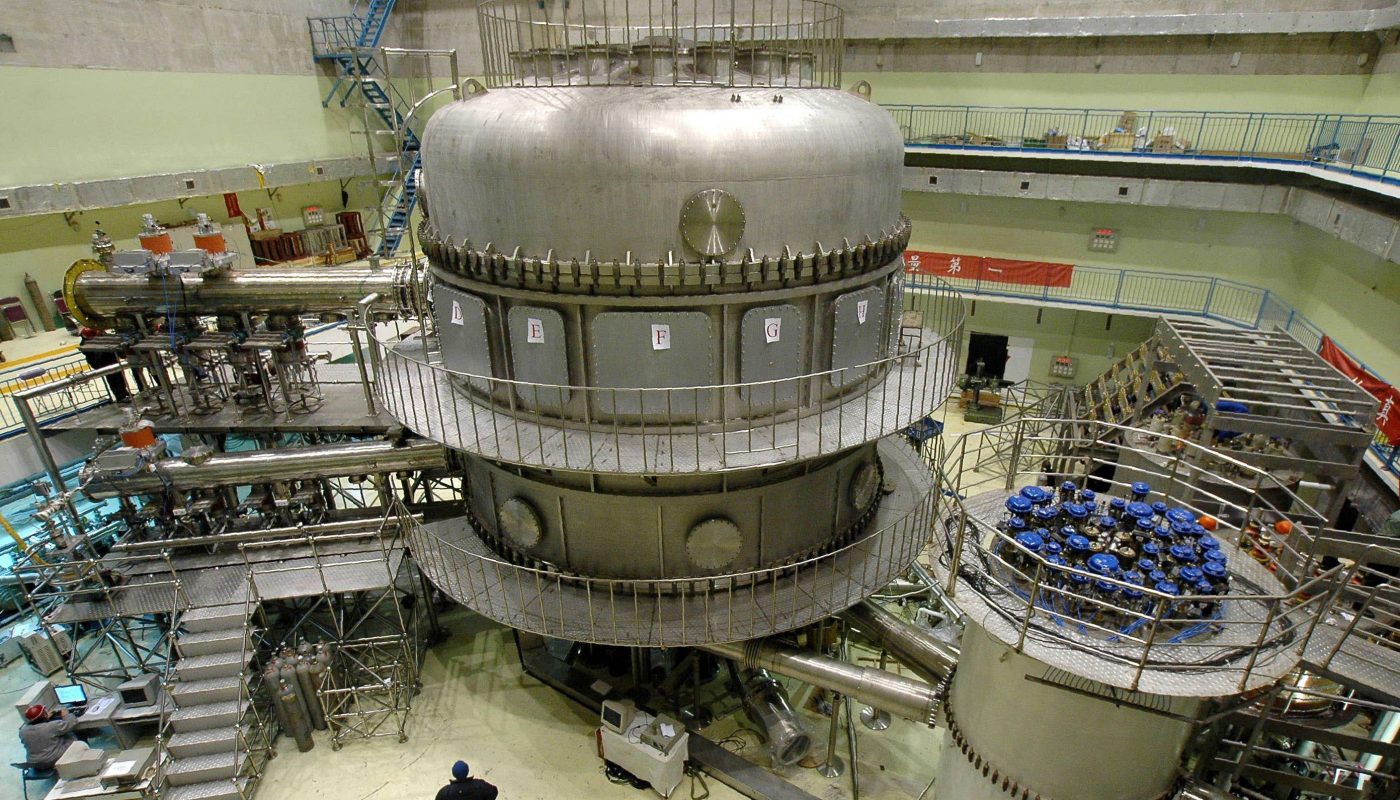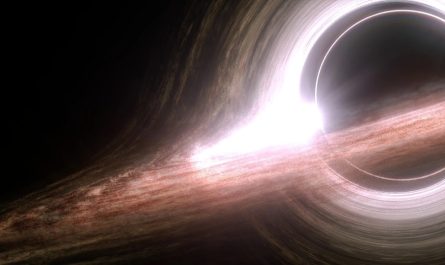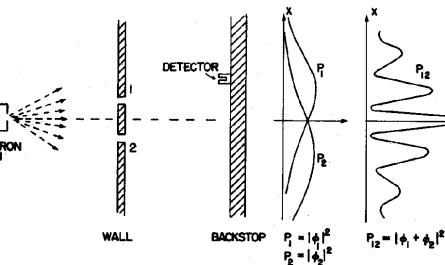EAST – The Foundation of the Experimental Fusion Reactor
EAST (Experimental Advanced Superconducting Tokamak) is China’s state-of-the-art nuclear fusion research reactor, built in the city of Hefei. It is part of a global effort to develop fusion technologies capable of providing clean and inexhaustible energy. The project is often described as the creation of an “artificial sun,” since it replicates the same process that powers our Sun — where, under immense gravity and temperature, hydrogen nuclei fuse into helium, releasing enormous amounts of energy.
Importantly, EAST is the first experimental fusion reactor in the world to use fully superconducting technology. This innovation allows scientists to maintain and control extremely high-temperature plasma — the core of the fusion process — while improving efficiency and stability. Thanks to these superconducting magnets, the reactor can sustain plasma for extended periods with minimal energy loss.
Recent Achievements
In January, EAST set a new world record, maintaining plasma for 1,066 seconds (over 17 minutes) at extremely high temperatures. This milestone is significant not only for China but also for the global fusion research community. Over the years, EAST has consistently broken its own records, demonstrating continuous progress. For example:
- It maintained plasma at 70 million°C for 1,056 seconds.
- It reached 120 million°C for 100 seconds.
- It even briefly sustained temperatures above 160 million°C.
These remarkable achievements are globally important because they help scientists better understand how to maintain plasma for longer and in a more stable state — a key requirement for achieving practical fusion power. Furthermore, the experiments allow researchers to test various plasma configurations and magnetic field designs essential for sustaining long-term reactions.
How Fusion Works Inside EAST
Fusion occurs in a plasma state, where gas is heated to such extreme temperatures that electrons separate from atomic nuclei, forming a mix of ions and free electrons. Inside EAST, this plasma is confined using powerful magnetic fields, which prevent it from touching the reactor walls and losing energy. To achieve this, EAST employs superconducting magnets that generate an exceptionally strong magnetic field while consuming very little power.
Scientists’ Core Objectives
The team working on EAST focuses on several main goals, including:
- Long-term plasma stability – maintaining the reaction long enough for it to become viable for power generation.
- Extremely high temperatures – exceeding 100 million°C, which enables hydrogen isotopes (deuterium and tritium) to fuse.
- Energy efficiency – producing more energy than is consumed to sustain the reaction.
Ultimately, these objectives aim to turn fusion from a scientific experiment into a reliable energy source for humanity.
Global Importance and the ITER Project
EAST also plays a crucial role in supporting the ITER (International Thermonuclear Experimental Reactor) project in France — the largest international fusion effort ever undertaken. The project involves 35 nations, including China, the European Union, the United States, Japan, and several others. Data and technologies developed through EAST directly contribute to ITER’s design, efficiency, and safety improvements.
Moreover, the collaboration between EAST and ITER highlights the importance of global scientific cooperation. By combining knowledge, resources, and expertise, these international teams are accelerating the path toward commercial fusion energy.
Potential and Challenges
Fusion energy is often described as the “holy grail of power generation” because it could completely transform the global energy landscape. If successful, it would provide a nearly unlimited supply of clean and safe power for future generations.
Potential Benefits
- Clean energy: Fusion produces no carbon dioxide or harmful emissions, unlike fossil fuels.
- Inexhaustible resources: The primary fuels — deuterium and tritium — are relatively abundant and easy to obtain.
- High safety: Unlike fission, fusion doesn’t produce long-lived radioactive waste or pose meltdown risks.
However, there are still major challenges to overcome before fusion becomes commercially viable.
Current Challenges
- High costs: Building and maintaining fusion reactors remains extremely expensive.
- Technological complexity: The magnetic systems, reactor materials, and cooling methods still require optimization.
- Energy balance: So far, most experiments consume more energy than they produce.
Despite these obstacles, every new record and experiment brings scientists closer to solving these problems. Step by step, fusion research is proving that sustainable, carbon-free energy is achievable.
Conclusion
The EAST reactor represents a major scientific breakthrough and a significant step toward a sustainable energy future. It demonstrates that sustained nuclear fusion is not just theoretical — it is scientifically and technologically possible. Yet, the practical application of fusion for everyday power generation is still decades away.
Nevertheless, researchers remain optimistic. As they refine materials, magnetic technologies, and plasma control systems, humanity moves closer to a future where fusion energy could become the world’s primary power source. With its latest record, EAST shows that we are now one step closer to harnessing the power of the Sun right here on Earth.



